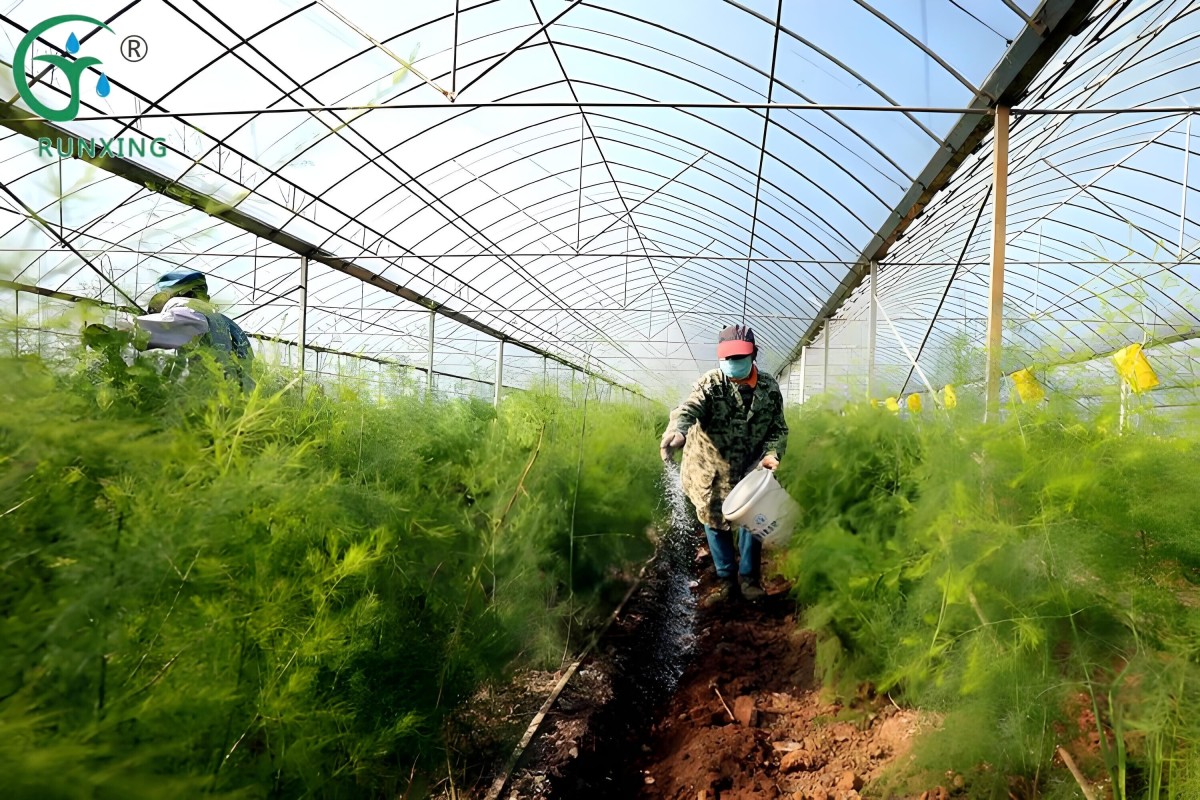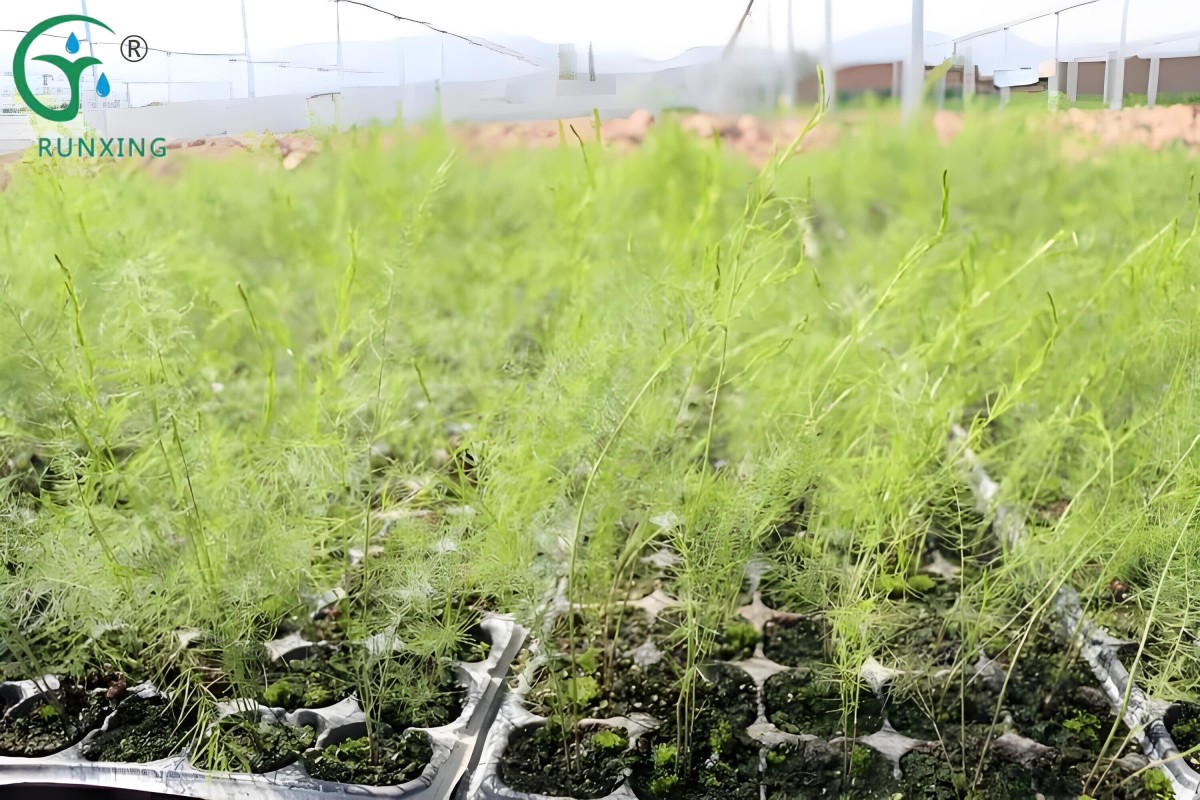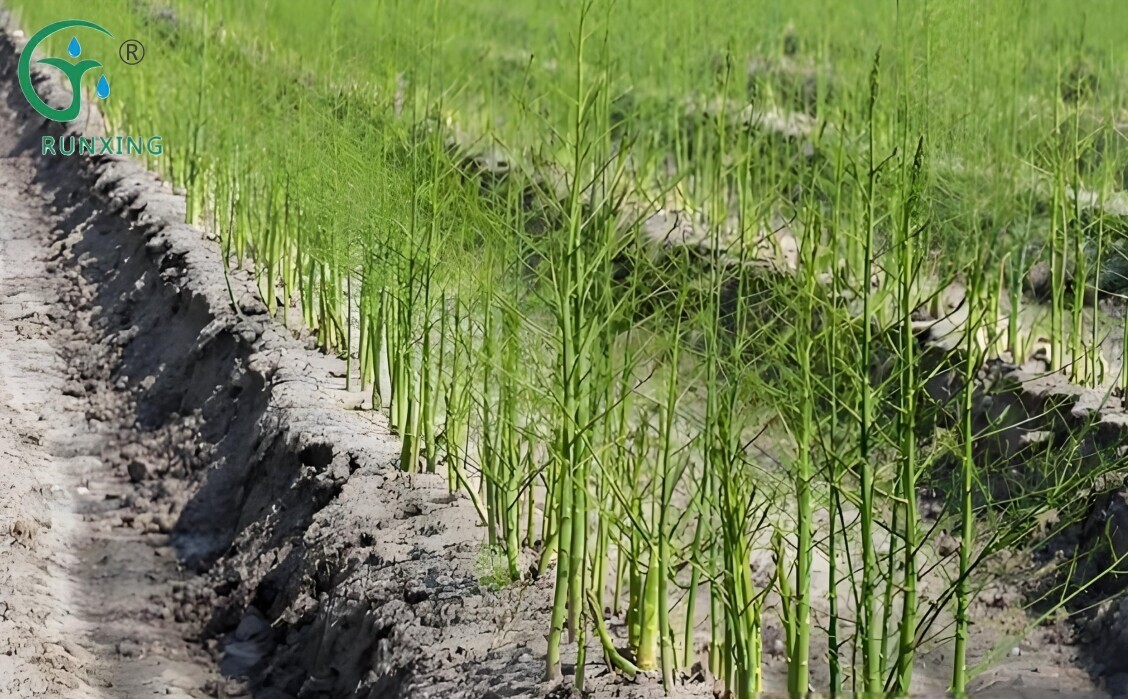Peru Asparagus Cultivation and the Application of Drip Irrigation Systems: A Science Popularization
Asparagus, a nutritious and uniquely flavored vegetable, enjoys widespread popularity globally. Peru, as a major asparagus producer, sees its cultivation techniques under close scrutiny. In Peru's asparagus farming, the application of drip irrigation systems plays a vital role. This article will delve into whether drip irrigation is necessary for Peru asparagus cultivation, what drip irrigation equipment is required, how to lay out and install it, how to control water usage, and tips for better asparagus cultivation.

I. Is Drip Irrigation Necessary for Peru Asparagus Cultivation?
In Peru's asparagus farming, the use of drip irrigation systems is essential. Asparagus requires consistent soil moisture and adequate nutrient supply, and drip irrigation systems can precisely control the delivery of water and nutrients, enhancing water and fertilizer efficiency, and promoting asparagus growth and development. Additionally, drip irrigation helps reduce the incidence of pests and diseases, improving asparagus yield and quality.
II. What Drip Irrigation Equipment is Needed?
The drip irrigation equipment required for Peru asparagus cultivation mainly includes drip irrigation tubing, drippers, filters, fertilizers applicators, and control systems.
Drip Irrigation Tubing: Typically, PE or PVC plastic tubing is used. These materials are corrosion-resistant, have a long service life, and are easy to maintain.
Drippers: The core component of drip irrigation systems, drippers deliver water and fertilizers in the form of tiny droplets into the soil. Drippers should be configured based on asparagus planting density and water demand.
Filters: Filters purify the water source, preventing impurities from clogging drippers and ensuring smooth operation of the drip irrigation system.
Fertilizers Applicators: These mix fertilizers with water and uniformly deliver them to asparagus roots through the drip irrigation system.
Control Systems: These systems automate drip irrigation control, including precise adjustments to irrigation volume, timing, and fertilizer application rates.
III. How to Lay Out and Install Drip Irrigation Equipment
Tubing Layout: Lay out the main, branch, and drip irrigation tubing according to the design plan. Tubing materials should be corrosion-resistant PE or PVC plastic. Drip irrigation tubing should be close to the ground and spaced appropriately to ensure uniform water and nutrient distribution.
Equipment Installation: Install drippers, filters, fertilizers applicators, and other key components. Drippers should be configured based on asparagus planting density and water demand. Filters purify the water source, while fertilizers applicators mix fertilizers with water for uniform delivery to asparagus roots.
System Debugging and Operation: After installation, debug and run the system. Check for secure tubing connections, good sealing, and adjust dripper flow rates to ensure uniform irrigation. Meanwhile, set reasonable irrigation and fertilization schedules based on asparagus growth stages and nutrient requirements.

IV. How to Control Water Usage
In Peru asparagus cultivation, controlling water usage is crucial. Drip irrigation systems enable precise control of irrigation volume and timing, ensuring asparagus receives stable and adequate water supply during growth.
Irrigation Volume: Determine irrigation volume based on asparagus growth needs and soil moisture conditions. Avoid over-irrigation that can cause soil waterlogging and affect asparagus growth.
Irrigation Timing: Choose appropriate irrigation times based on asparagus growth stages and weather conditions. Generally, irrigation is recommended in the morning or evening to reduce water evaporation and disease incidence.
Automated Control: Use control systems to automate drip irrigation control, precisely adjusting irrigation volume and timing based on asparagus growth needs and soil moisture conditions.
V. Tips for Better Asparagus Cultivation
Besides drip irrigation systems, several cultivation tips can help improve Peru asparagus yield and quality.
Soil Selection: Choose fertile, deep-layered soil with a low groundwater table for cultivation. Sandy soil is often better than clay soil, favoring asparagus growth and development.
Fertilization Management: Based on asparagus growth needs and soil fertility, apply fertilizers reasonably. During the initial growth stage, focus on promoting root development with nitrogen-based fertilizers. As asparagus enters vigorous growth, increase phosphorus and potassium fertilizer proportions to enhance stem thickness and quality.
Pest and Disease Control: Asparagus is susceptible to stem blight and pests like marmots, groundhogs, wireworms, and aphids. Adopt integrated pest management combining agricultural, biological, and chemical methods. Maintain field hygiene by promptly removing diseased plants and weeds.
Reasonable Planting Density: Determine planting density based on asparagus varieties and growth habits. Avoid overcrowding that can lead to intense competition among plants, affecting asparagus growth and yield.
Timely Harvesting: Harvesting time significantly impacts asparagus quality. Harvest asparagus when it reaches the appropriate size to avoid quality decline from late harvesting.
VI. Cultivation Tips
Seed Treatment: Before sowing, soak seeds in clean water, removing floating seeds. Wash the remaining seeds multiple times, wrap them in gauze for germination, and sow when seeds turn white.
Temperature Management: In spring, cover seeds with a small hoop house for insulation, maintaining an optimal diurnal temperature difference to promote asparagus growth and development.
Soil Loosening and Weeding: Regularly loosen soil and remove weeds to keep it loose and free of weeds, facilitating asparagus root respiration and nutrient absorption.
Water Management: Besides drip irrigation, maintain soil moisture by watering promptly after each fertilizer application. During the rainy season, ensure drainage to prevent soil waterlogging that can damage asparagus roots.

In summary, Peru asparagus cultivation requires the support of drip irrigation systems. By selecting and laying out drip irrigation equipment reasonably, precisely controlling water usage and irrigation timing, and adopting scientific cultivation techniques and management measures, asparagus yield and quality can be improved, contributing to the development of Peru's asparagus industry.
If you have any needs, please contact us.
About Us
We are dedicated to offering innovative, water-saving, and labor-saving irrigation solutions for agriculture worldwide. Our focus on quality and continuous innovation drives the development and progress of the industry
LOGO
This stunning beach house property is a true oasis, nestled in a serene coastal community with direct access to the beach.
Opening Hours
Monday - Friday : 9AM to 5PM
Sunday: Closed
Closed during holidays
Contact
+18888888888
hezuo@eyingbao.com123 West Street, Melbourne Victoria 3000 Australia
